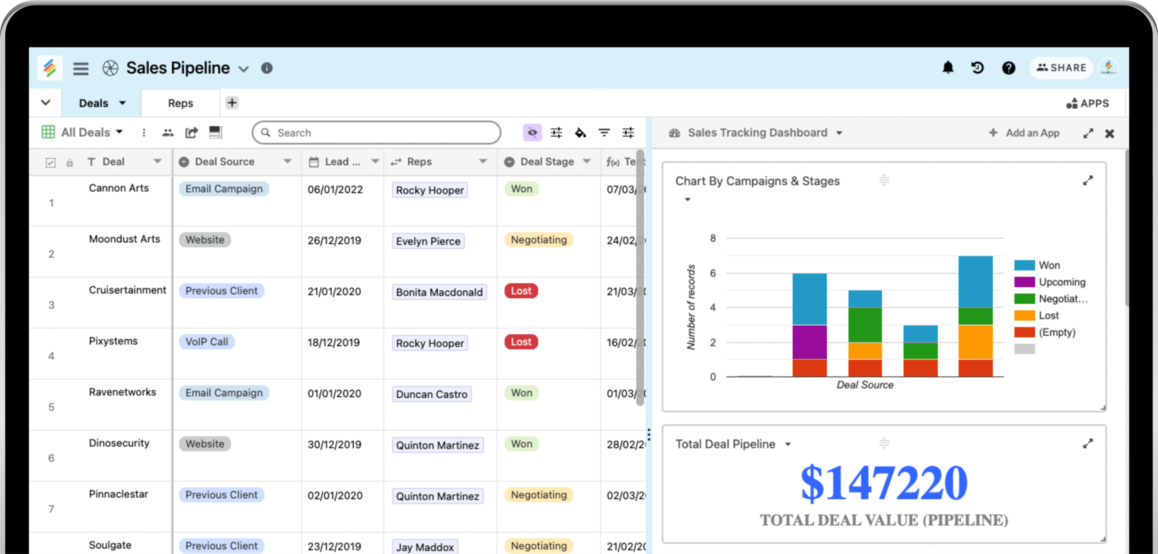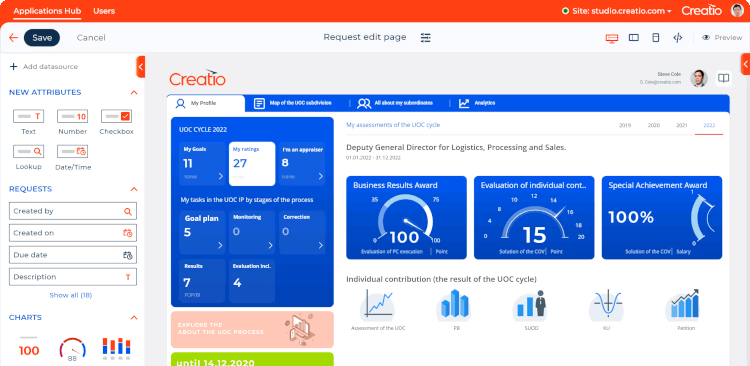A Comprehensive Guide to Carrying Out Scalable Data Sources Without the Demand for Coding Expertise
In the contemporary landscape of information management, the ability to execute scalable databases without coding competence is coming to be significantly crucial for companies of all dimensions. What are the critical components that can genuinely encourage these users to leverage scalable databases successfully?
Comprehending Scalable Databases
In the world of modern information management, scalable data sources have arised as a vital solution for companies seeking to manage increasing quantities of information successfully. These databases are created to accommodate development by enabling the smooth enhancement of resources, whether via horizontal scaling (including much more equipments) or vertical scaling (updating existing machines) This versatility is important in today's busy digital landscape, where data is created at an unmatched price.
Scalable databases commonly utilize dispersed architectures, which make it possible for data to be spread out throughout several nodes. This distribution not just improves efficiency but likewise gives redundancy, ensuring data schedule even in case of hardware failures. Scalability can be a critical element for numerous applications, including ecommerce systems, social media sites networks, and big data analytics, where individual need can fluctuate substantially.
In addition, scalable data sources frequently include durable data consistency models that balance performance and dependability. Organizations has to consider their specific requirements, such as read and compose speeds, data stability, and mistake resistance when picking a scalable data source remedy. Ultimately, understanding the underlying principles of scalable databases is important for companies intending to grow in an increasingly data-driven world.
Key Functions to Seek
When examining scalable databases, a number of vital features are critical to guaranteeing optimum performance and reliability. Think about the design of the data source. A distributed design can enhance scalability by allowing information to be kept across multiple nodes, promoting seamless information accessibility and handling as demand rises.
One more critical attribute is data dividing, which makes it possible for effective monitoring of huge datasets by dividing them into smaller, extra manageable items (no-code). This technique not just enhances performance but likewise simplifies source allowance
Furthermore, search for durable duplication capacities. This attribute ensures data redundancy and high schedule, decreasing downtime during maintenance or unanticipated failings.
Efficiency tracking devices are likewise vital, as they provide real-time insights right into system health and wellness and operational performance, permitting prompt modifications to keep optimum performance.

User-Friendly Database Devices
Simpleness is a vital element in the design of easy to use data source tools, as it improves availability for individuals with varying degrees of technical knowledge. no-code. These devices prioritize instinctive user interfaces, making it possible for individuals to create, handle, and question databases without requiring comprehensive programming knowledge
Secret functions typically consist of drag-and-drop functionality, visual information modeling, and pre-built themes that enhance the configuration procedure. Such tools frequently use guided tutorials or onboarding processes that promote individual involvement and reduce the discovering contour. In addition, smooth integration with popular information resources and solutions makes sure that individuals can easily import and export data, additionally simplifying procedures.

Furthermore, robust assistance and neighborhood resources, such as online forums and documents, improve the customer experience by providing help when required. Generally, user-friendly database tools equip companies to harness the power of scalable data sources, making information monitoring accessible to everybody involved.
Step-by-Step Implementation Guide
How can companies effectively apply scalable databases to satisfy their expanding data look at this website requirements? The procedure begins with determining details data needs, consisting of the quantity, range, and velocity YOURURL.com of data that will certainly be processed. Next, companies ought to examine easy to use database tools that provide scalability attributes, such as cloud-based options or handled data source services.
Once the best tool is selected, the following action includes setting up the data source environment. This includes establishing instances, specifying customer permissions, and developing data frameworks that align with organization goals. Organizations must after that move existing information into the brand-new system, guaranteeing information stability and very little disruption to operations.
Post-migration, conducting thorough testing is crucial; this consists of efficiency screening under various tons conditions to make certain the system can deal with future growth - no-code. In addition, it is necessary to train team on the database administration interface to facilitate smooth use
Finest Practices for Monitoring
Efficient monitoring of scalable data sources needs a calculated technique that prioritizes recurring monitoring and optimization. To accomplish this, organizations need to execute durable surveillance devices that offer real-time understandings into database performance metrics, such as question feedback times, resource application, and purchase throughput. On a regular basis evaluating these metrics can aid determine traffic jams and locations for renovation.

Regular backups and disaster healing plans are crucial to secure information honesty and accessibility. Developing a routine for testing these backups will make certain a reliable healing process in situation of an unforeseen failing.
Additionally, performance adjusting ought to be a continual process. Changing indexing approaches, enhancing inquiries, and scaling resourcesâEUR" whether vertically or horizontallyâEUR" will certainly help preserve ideal performance as usage needs advance.
Last but not least, promoting a culture of expertise sharing amongst group members will enable continuous understanding and adjustment, making sure that the management of scalable data sources stays effective and efficient in time.
Final Thought
To my blog conclude, the implementation of scalable data sources can be properly attained without coding expertise via the use of intuitive interfaces and user-friendly devices. By sticking to the laid out methods for arrangement, data migration, and efficiency screening, people can browse the complexities of data source administration effortlessly. Emphasizing best practices for ongoing maintenance and partnership additional boosts the capacity to manage scalable databases successfully in a rapidly advancing data-driven setting.
In the modern landscape of information monitoring, the capacity to apply scalable databases without coding competence is becoming progressively important for companies of all dimensions.In the realm of contemporary information management, scalable databases have actually emerged as a vital service for companies looking for to take care of enhancing quantities of details efficiently.Additionally, scalable data sources often include durable data uniformity designs that stabilize efficiency and integrity.How can companies efficiently apply scalable databases to satisfy their expanding data requirements? Next off, companies need to examine straightforward database devices that supply scalability features, such as cloud-based options or managed database solutions.